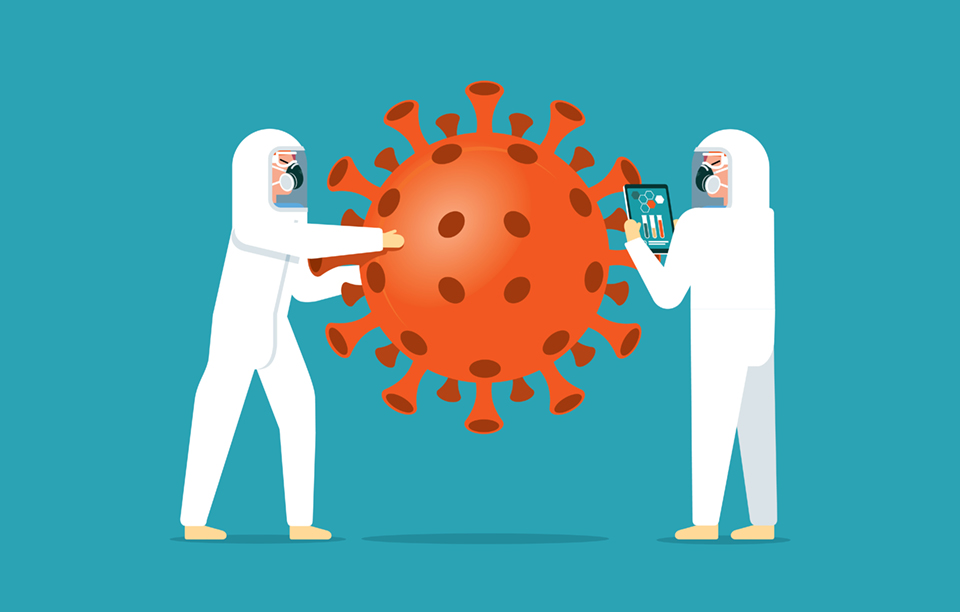
New Developments in How Data Science is Helping in the Battle Against Covid-19
Authored by Ayesha Rajan, Research Analyst at Altheia Predictive Health
Introduction
As we move into the winter months, we are seeing many states hit new and unprecedented records of Covid-19 cases. This is something that has been expected since lockdowns began in March, however, that does not make it any less concerning to healthcare professionals and researchers. In an effort to continue to prevent deaths and long-term side effects of Covid-19, researchers are always looking for new ways to apply artificial intelligence and machine learning to different areas. In today’s article we will take a look at some of these upcoming applications of data science to the battle against Covid-19.
Discussion
In a previous article, we detailed the ways in which machine learning can be applied to medical imaging. Due to the fact that machine learning has a great capacity for learning and understanding images and anomalies within them, the application of data science to imaging has potential to help identify Covid-19 cases in x-rays. Researchers at Northwestern Medicine Bluhm Cardiovascular Institute have been working with a machine learning algorithm that was trained by over 17,000 chest x-rays and found that the algorithm could “detect COVID-19 in x-ray images about ten times faster and one to six percent more accurately than specialized thoracic radiologists.”
Though the algorithm is still in the research phase, it has great potential to be a significant tool and is an open source resource which means that other researchers can contribute and build on top of the existing algorithm.
Another application of data science in the battle against Covid-19 is actually in the development of a vaccine. The pharmaceutical giant, Pfizer, was recently approved in the U.K. to distribute an emergency vaccine and, with a 90% efficacy rate, the United States is likely not far behind. However, researchers at MIT’s Computer Science and Artificial Intelligence Lab have found results in their data that “suggest that the vaccines may not have the same impact among all patient populations” and may leave minority groups, specifically those of Black and Asian descent. This is incredibly important because it affects how minority groups will experience a “post-Covid” world in that they may have to continue to take precautions until a fully effective vaccine has been developed. As artificial intelligence algorithms continue to study these vaccines, they may find that these minority groups are more likely to have a gene or gene sequence that prevents the vaccine from being effective for everyone; if found, researchers can begin to create targeted gene therapies that allow the vaccine to perform its functions effectively.
Conclusion
As we continue to try to prevent the spread of Covid-19 across the United States, machine learning and artificial intelligence play an important role in improving our understanding of the virus and its effects on our bodies and society.
